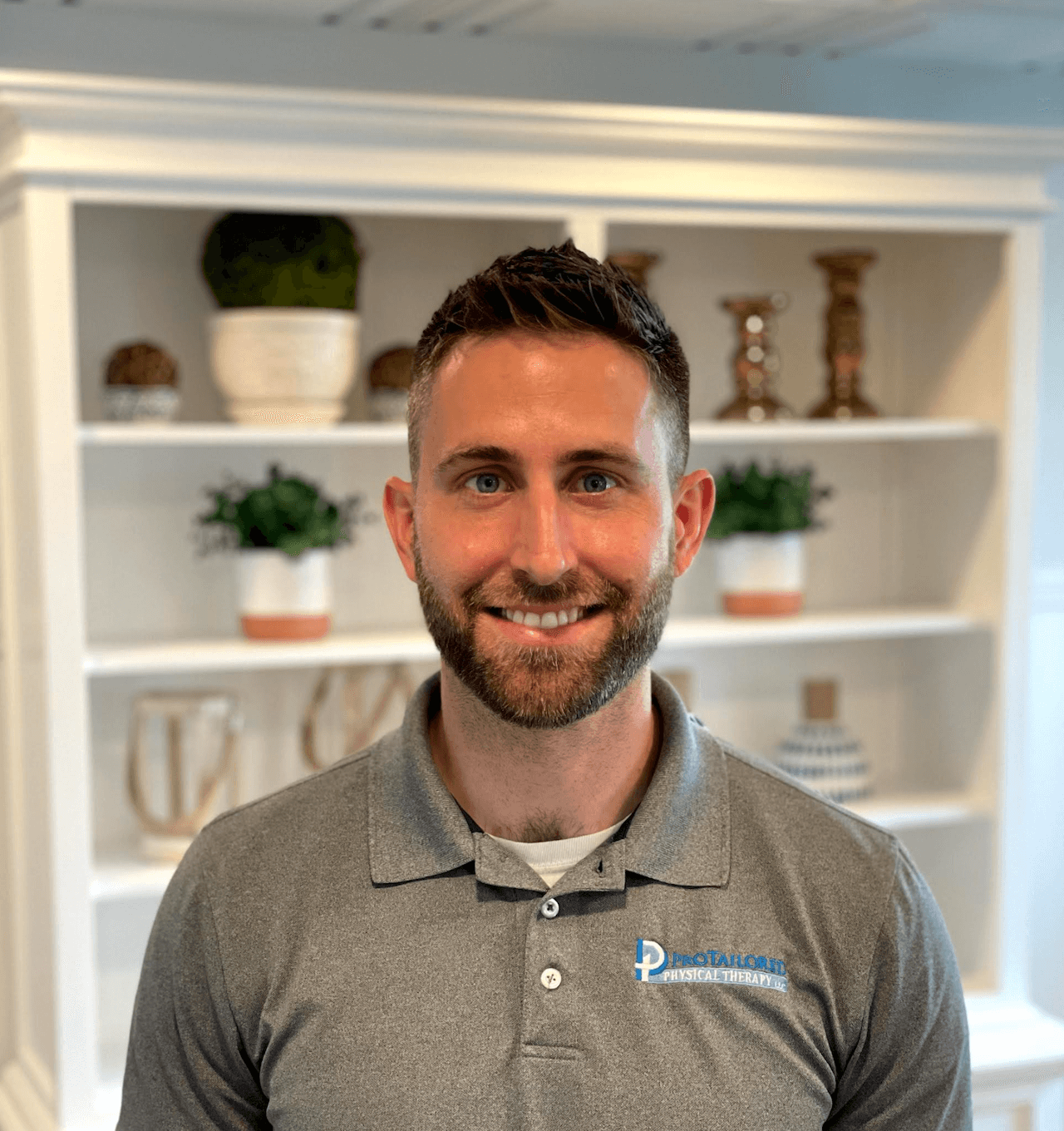Lateral Epicondylitis (Tennis Elbow)


Dr. Jonathan Evans
PT, DPT, CMTPT, VRC, PDNC
Chief Executive Officer, Orthopedic & Vestibular Physical Therapist
Lateral epicondylitis, or Tennis Elbow, is a painful condition of the outside of the elbow that is caused by overuse. The pain typically increases with the wrist if put into extension or with gripping tasks. It is given the name of “Tennis Elbow” because often playing tennis or other racquet sports can lead to this condition, however this is not the only cause. There are many other sports or activities at work or home that can put you at risk for a painful elbow
What is Lateral Epicondylitis or Tennis Elbow?
Tennis elbow can occur from overuse or overloading to the wrist extensors. The wrist extensors tendons join on the outside of the elbow, which is where symptoms commonly present. Tennis elbow is an inflammation or microtearing of the wrist extensor tendons, with the most common tendon involved being the extensor carpi radialis brevis (ECRB). These tendons and the muscle in the forearm typically become painful and tender on the outside of the elbow with repetitive activities over time.

Symptoms
Typically, there is no specific injury that leads to symptoms, but gradual pain that worsens mildly and slowly over weeks and/or months. Symptoms are typically worsened by repetitive forearm activity and/or gripping such as holding a racquet, turning a tool, or shaking hands. Sign and symptoms typically include – pain or burning on the outside of the elbow, weakened grip strength, and pain at night time. Typically the dominant arm is affected more than the non- dominant arm, but can happen in both.
Causes/risk factors
People who play sports that require a racquet or do work with a lot of repetitive motion of the forearm/wrist, or work with repetitive gripping are at the most risk for lateral epicondylitis. It is more common in people who are ages 30-50, although it can happen
to anyone. Most common cause known is overuse or poor technique during activities. Athletes are not the only people affected by tennis elbow. People who have jobs that require repetitive forearm/wrist movements including but not limited to jobs such as painters, plumbers, carpenters, auto mechanics, cosmetologists, cooks, butchers. It is thought that the repetition and weight lifting required in these various occupations can lead to injury.
Treatment
Most individuals can have success with non-surgical treatment for lateral epicondylitis. Initial treatment typically focuses on reduction of pain and facilitating healing of soft tissues. Then the focus becomes restoring flexibility of the soft tissues and improving muscle strength.
Therapy treatment typically combines various hands-on manual techniques to address the musculoskeletal pain, exercise, and education to promote ability to recover to your normal activities and prevent further injury. Some of the manual techniques can include: Instrument Assisted Soft Tissue Mobilization (scraping), Dry Needling, Joint mobilizations, Muscle Energy Techniques, and/or Active Release of Musculature.
Tips for those experiencing lateral epicondylitis pain:
● If you start experiencing pain on the outside of your elbow REST! Give your elbow some time to rest, take a break from the activities that flare up your pain to allow the tissues to heal.
● Perform daily activities with your palms up (such as carrying grocery bags, reaching for objects, etc.) – Avoid picking up objects with your palms down or away from your body in order to decrease the stress on the extensor tendons which are inflamed.
● Keep your arms close to your body when picking up objects.
● Avoid locking your elbows straight.
● Avoid dragging objects/pulling or grasping and carrying objects like luggage, bookbags, briefcases, heavy purses.
● Avoid pulling weeds or pinching and pulling items apart.
● Avoid lifting weight and using exercise equipment in which your arms are straight and/or away from your body. Focus on cardio, core, or lower body exercise routines while healing, as long as activities do not increase your elbow pain, in order to let your elbow heal.
If you believe you may have Tennis elbow and would benefit from conservative treatments, please call us today! If you are having significant pain levels, pain to the touch on the outer elbow, or having difficulty with gripping, lifting, pulling or carrying out daily activities due to increased pain, it may be a good idea to contact a healthcare provider to seek further recommendation for treatment.For more on lateral epicondylitis (tennis elbow) or elbow pain relief, or to schedule an appointment, reach out to ProTailored Physical Therapy or call us at (260)739-0300.
